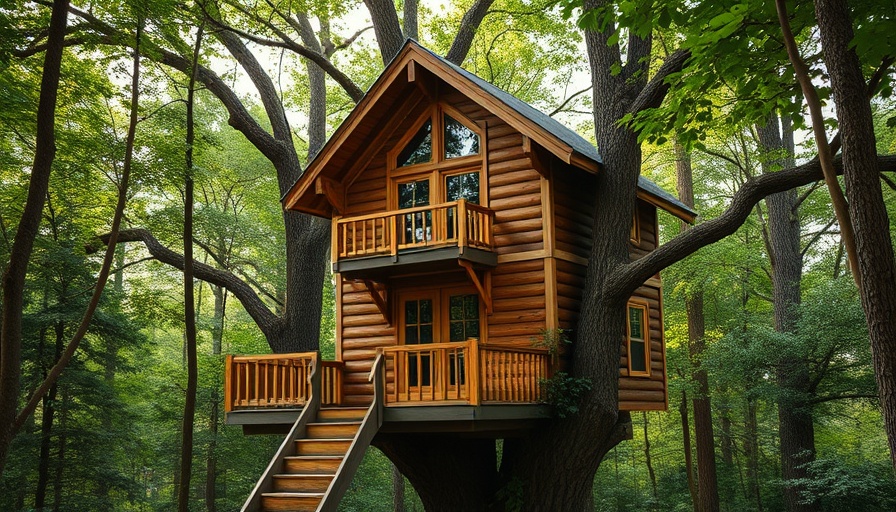
Painting with Texture: Why Color-Stained Kitchens Are Gaining Popularity
The way we design our kitchens is changing. Increasingly, homeowners are opting for color-stained wood surfaces instead of traditional painted ones. This allows them not only to showcase the wood's grain and texture but also to create vibrant spaces without the overwhelming gloss of standard paint. By utilizing tinted linseed oils and pigment-rich Polyx-oils, homeowners can achieve a warm, tactile finish that breathes life into their kitchens while being environmentally friendly.
Cost-Effective Style: The Budget-Friendly Appeal of Pigment
One of the standout benefits of color-stained finishes is their affordability. The costs involved in tinting wood with linseed oils are significantly lower than high-end paint jobs, giving homeowners a custom look without breaking the bank. For example, in a recent kitchen remodel in London, architects O’Sullivan Skoufoglou opted for pale blue linseed oil on birch plywood. The result was a stunning palette that feels fresh and inviting.
Environmental Considerations: Low-VOC Benefits
As more people become aware of the environmental impact of their choices, low-VOC (Volatile Organic Compounds) options like pigment-stained wood are particularly attractive. These stains help improve indoor air quality, making them ideal for spaces where families come together. This trend reflects a broader movement toward sustainability in home design.
A Vibrant Spectrum: Examples from Around the World
The variety of kitchens embracing color-stained wood is impressive; from deep green stains complementing dark marble in Berlin to bright yellow cabinets in a cozy British home, there’s something to inspire everyone. Each of these kitchens speaks to the unique personality of its owners while illustrating how color can enhance a space without overshadowing its form and function.
Practical Tips for Color-Stained Kitchen Designs
For those considering embarking on this trend, there are a few practical insights worth noting:
- Test Your Colors: Always test a small area first to see how the color stains interact with your wood type.
- Mix and Match: Don’t be afraid to combine different colors to create dimension and interest.
- Maintenance Matters: Regularly check that your finishes are intact to maintain beauty and durability in high-use areas.
As kitchens become the heart of our homes, it’s exciting to see trends that allow for individual expression while emphasizing functionality and sustainability. If you're planning a kitchen remodel, consider the colorful and eco-friendly option of color-stained wood finishes.
 Add Row
Add Row  Add
Add 




Write A Comment